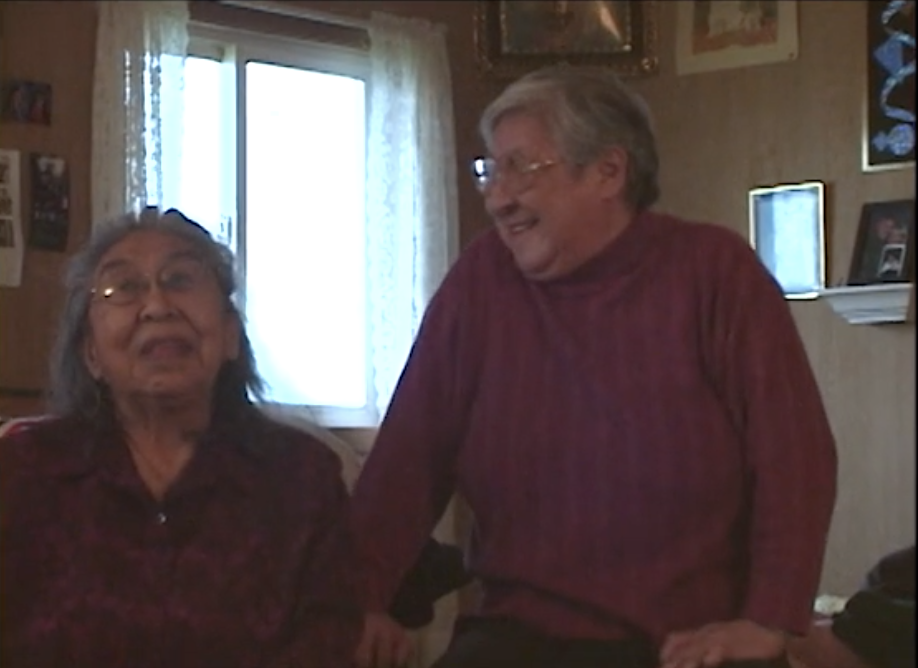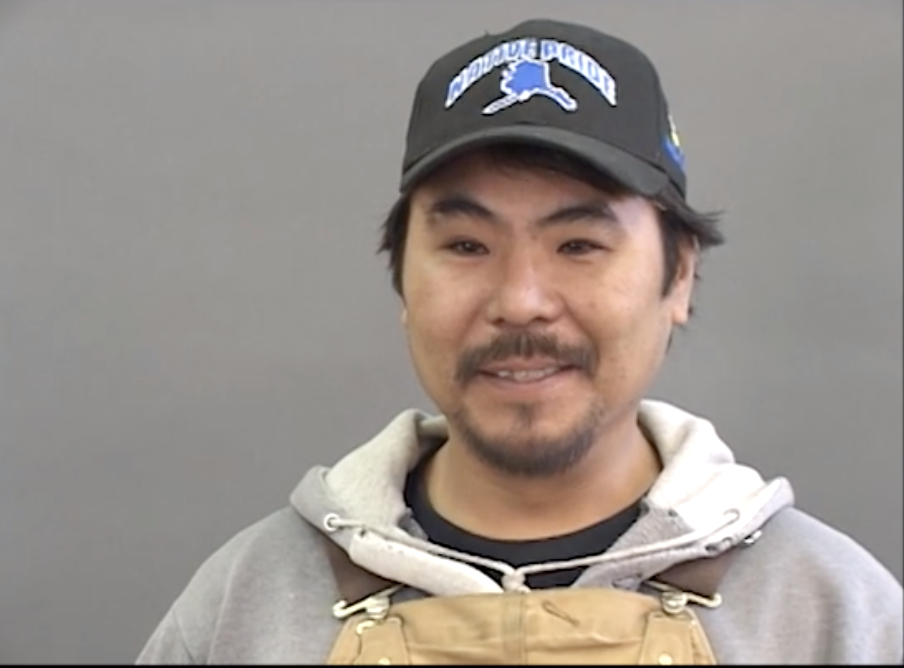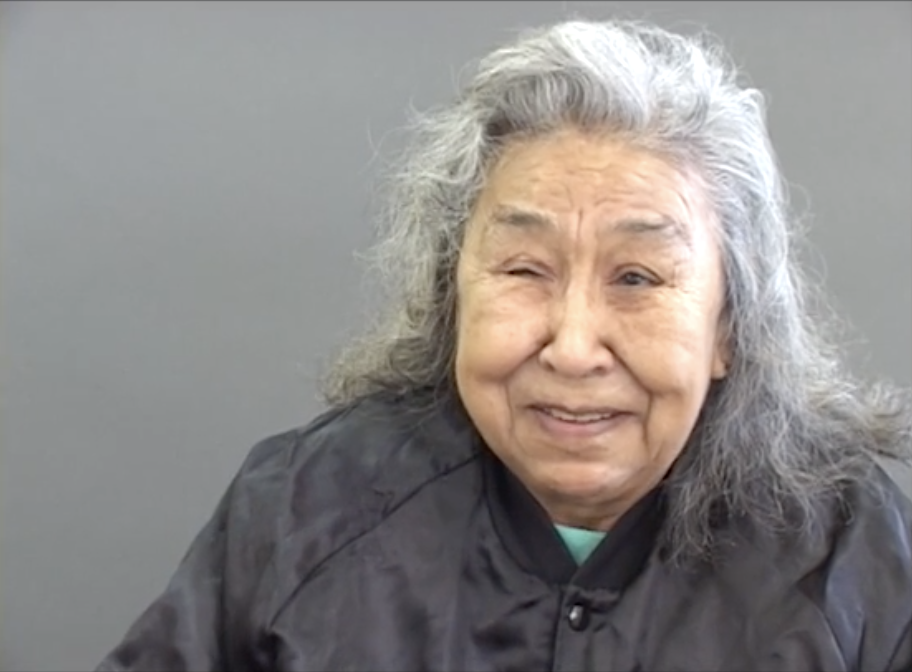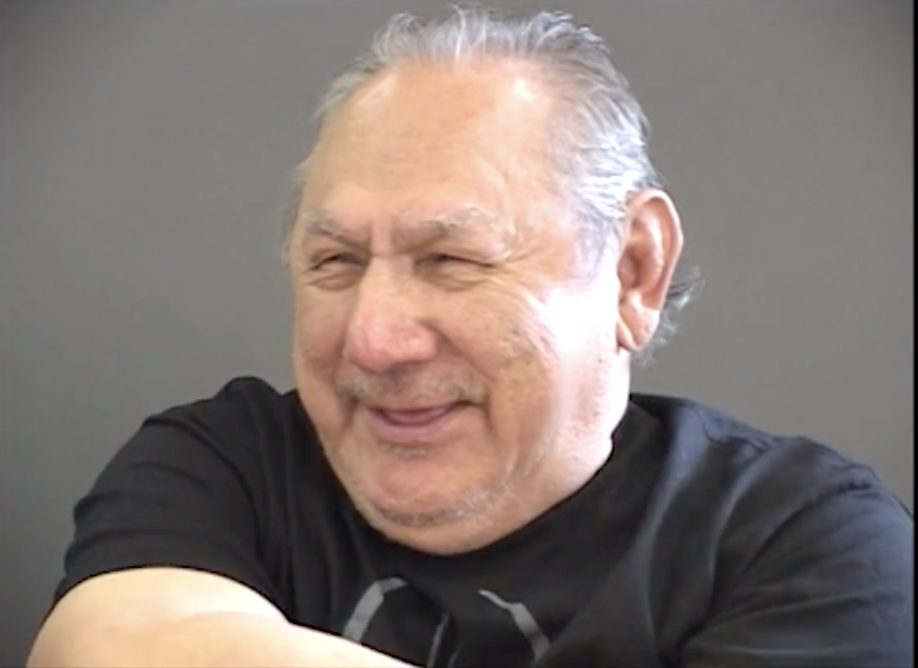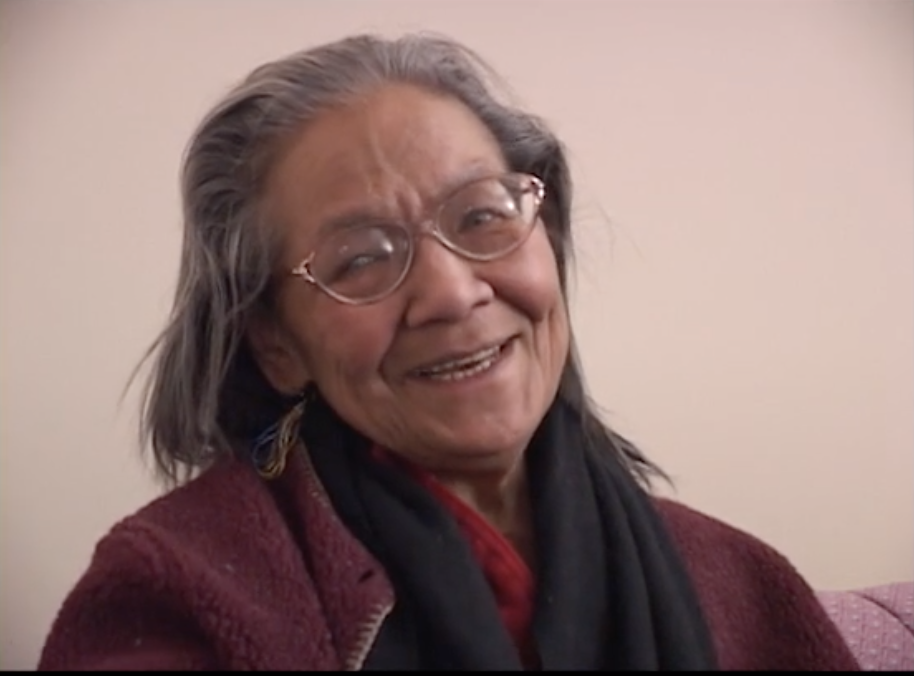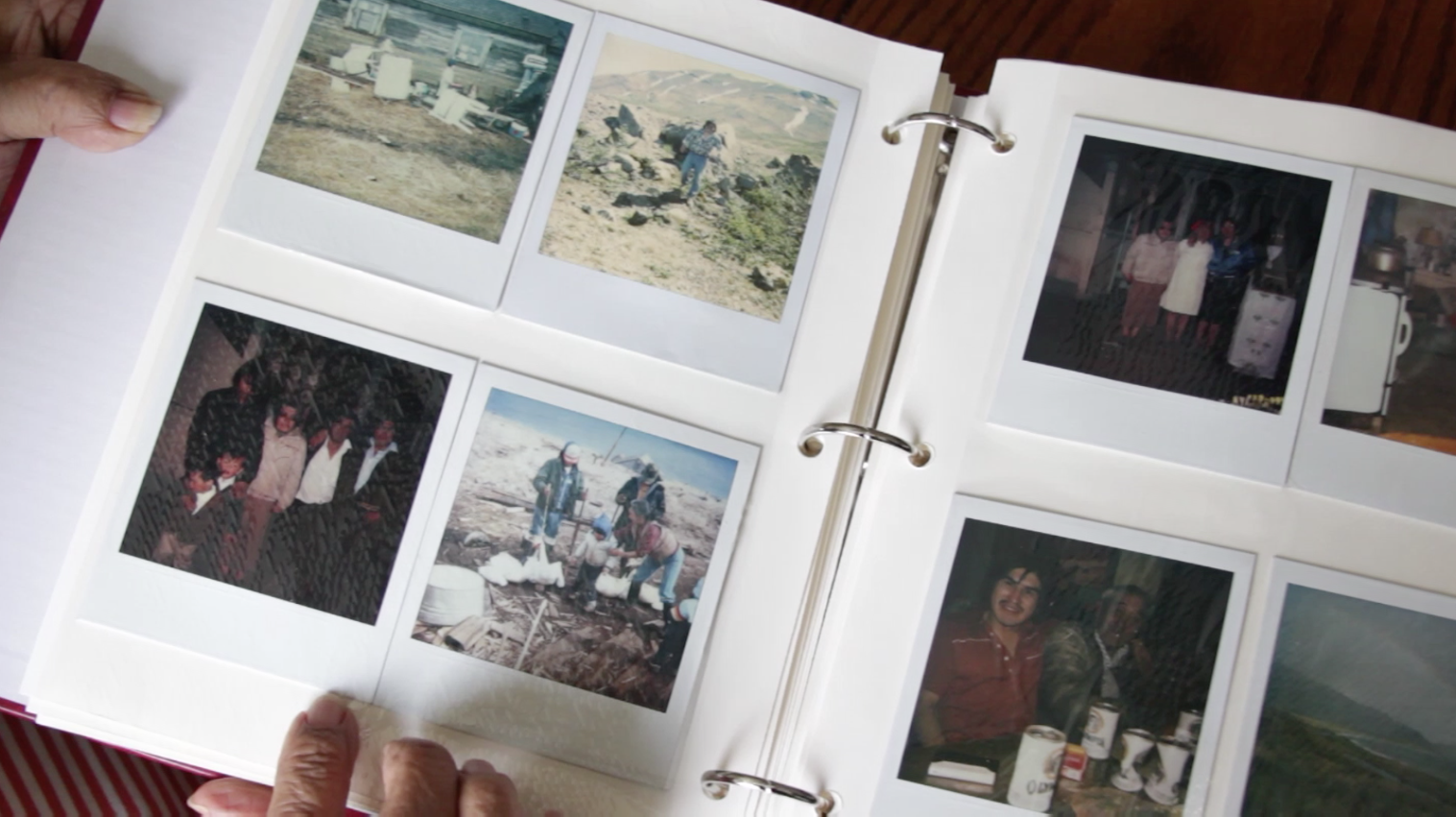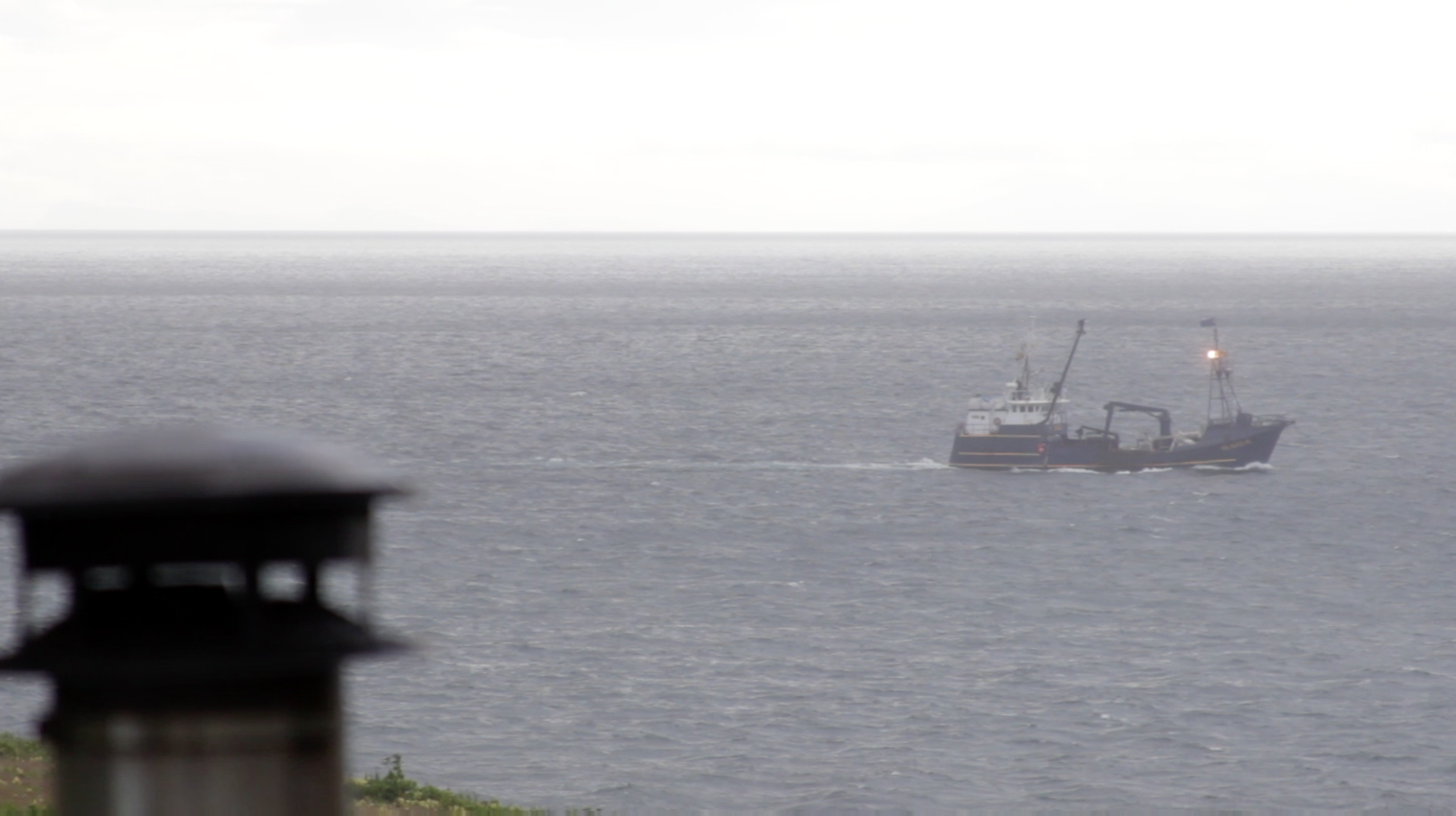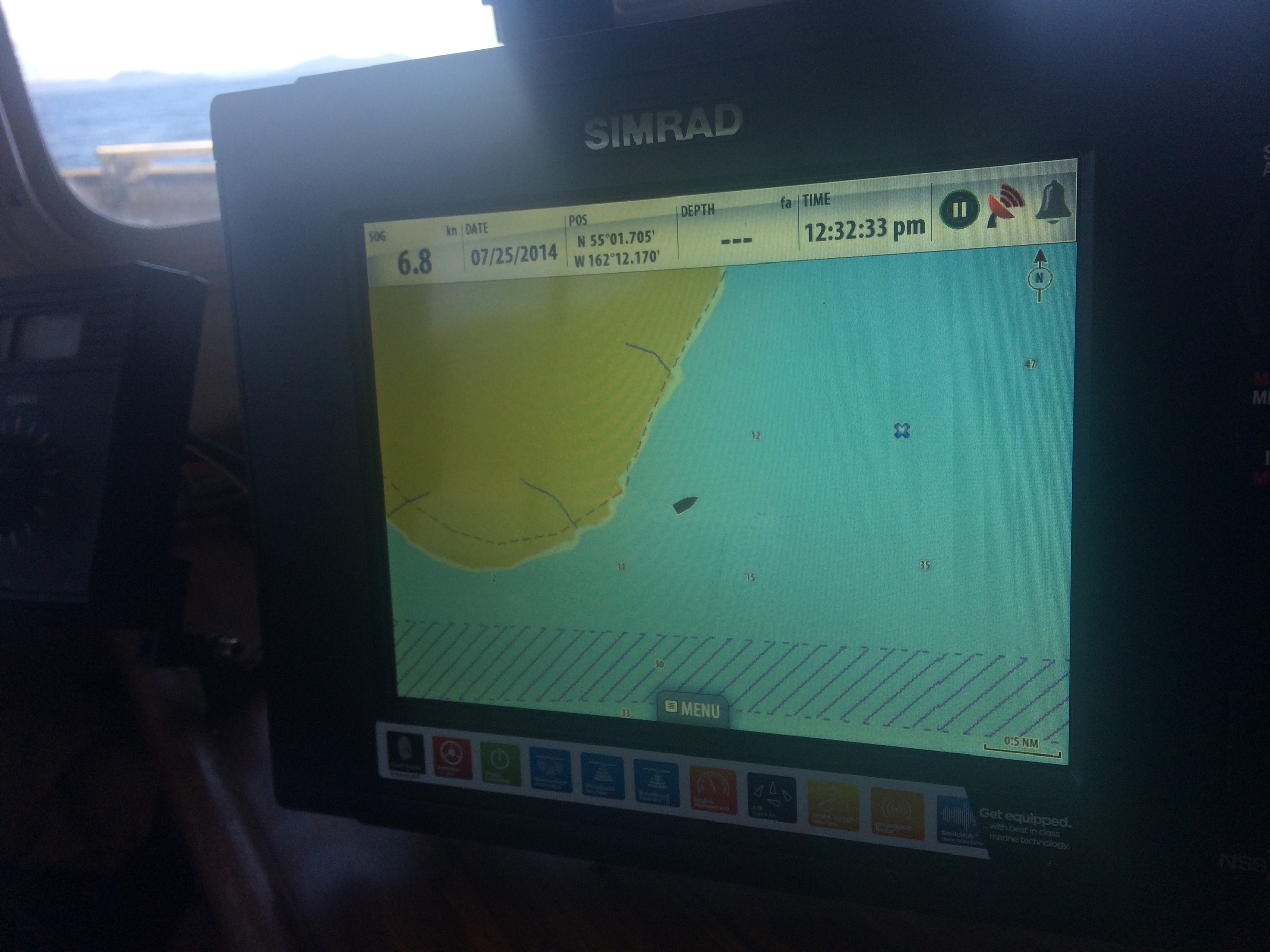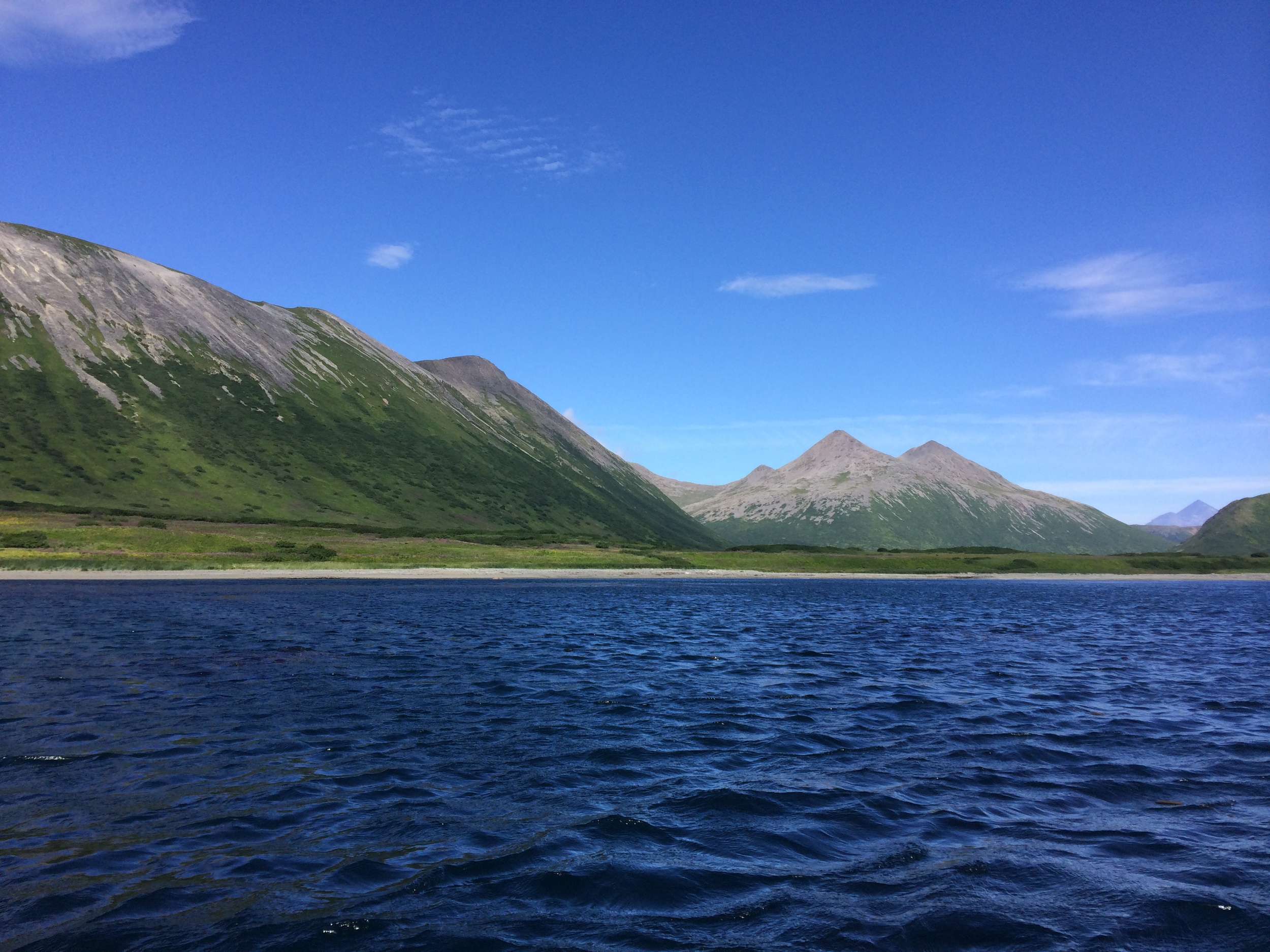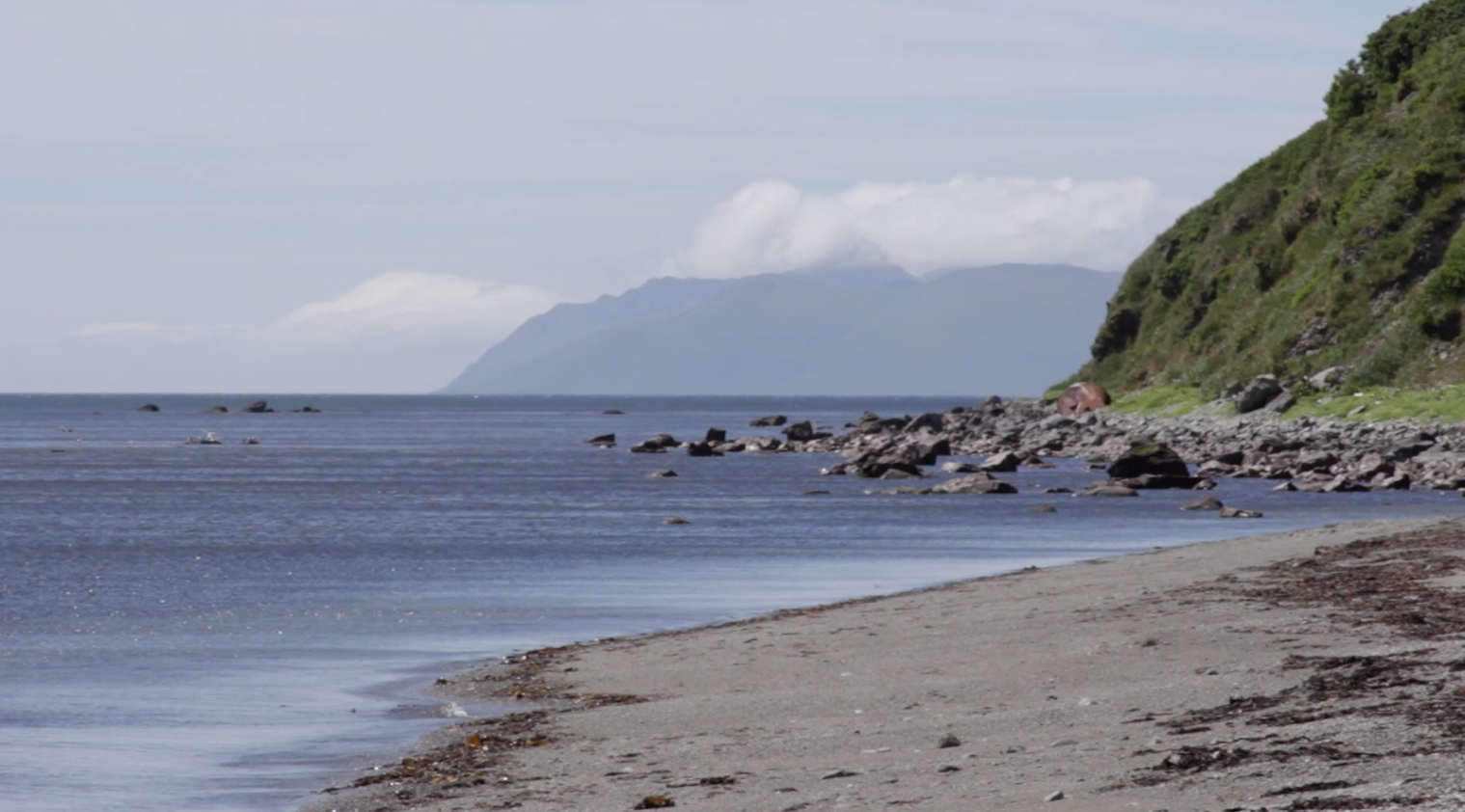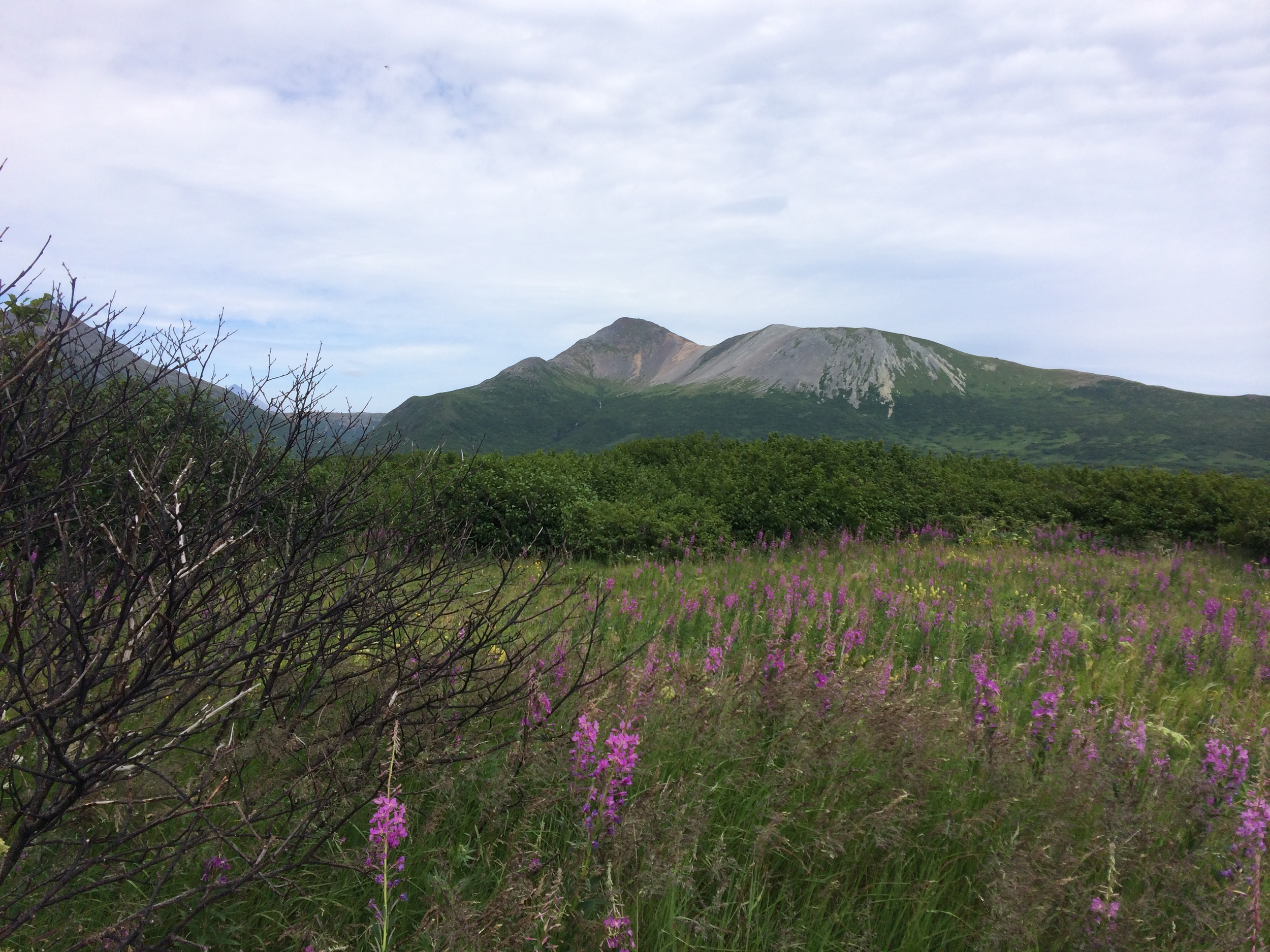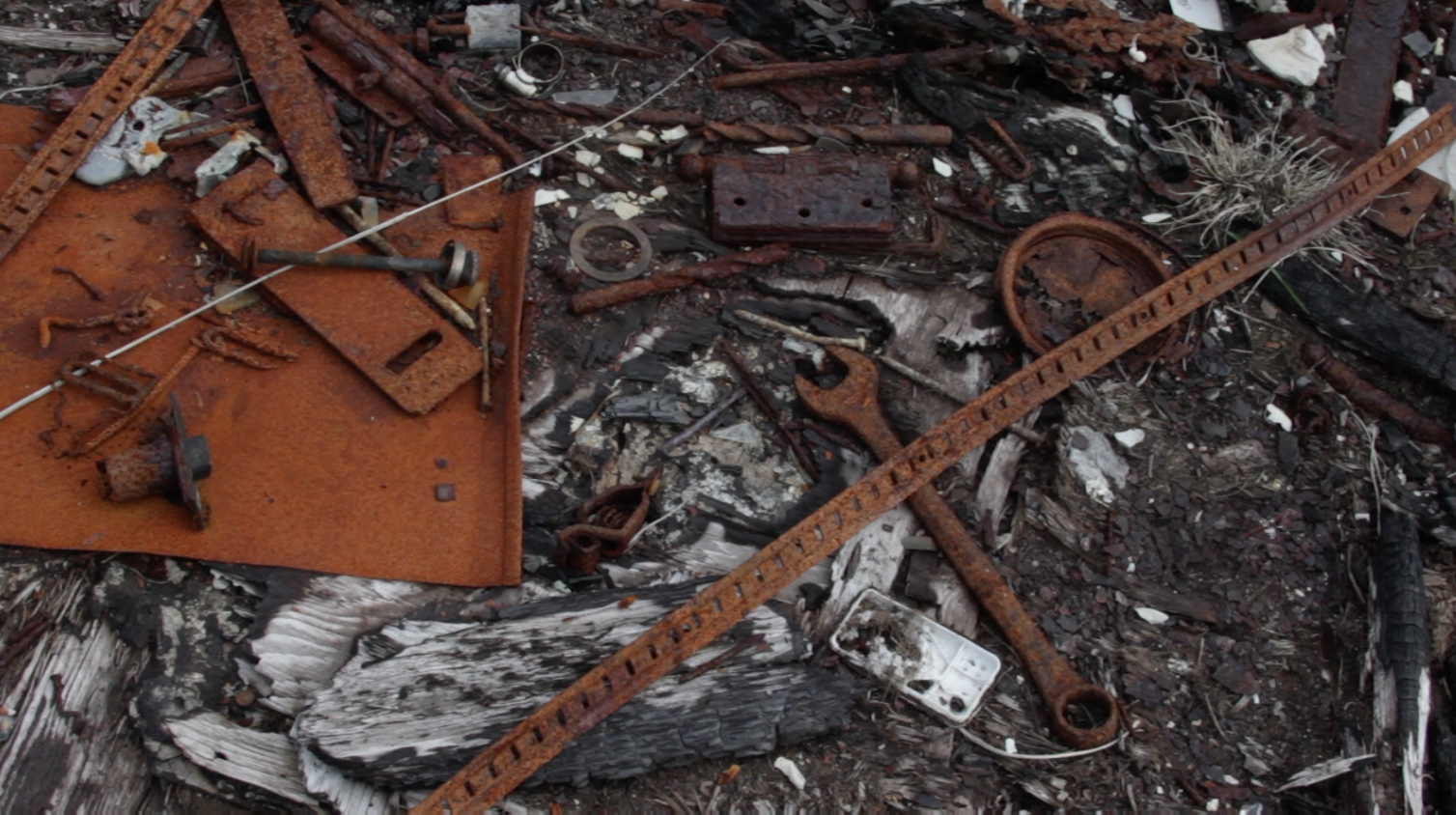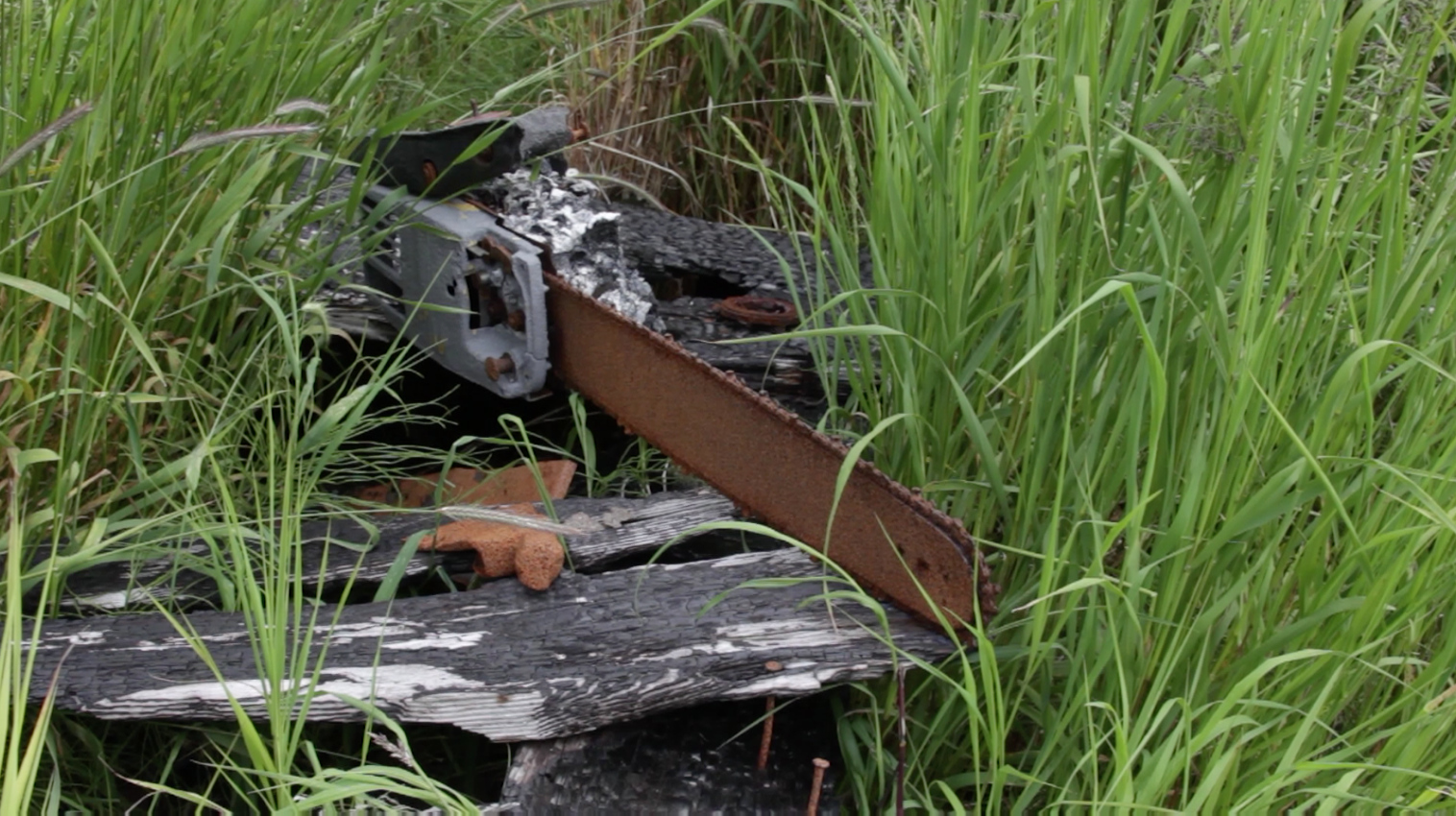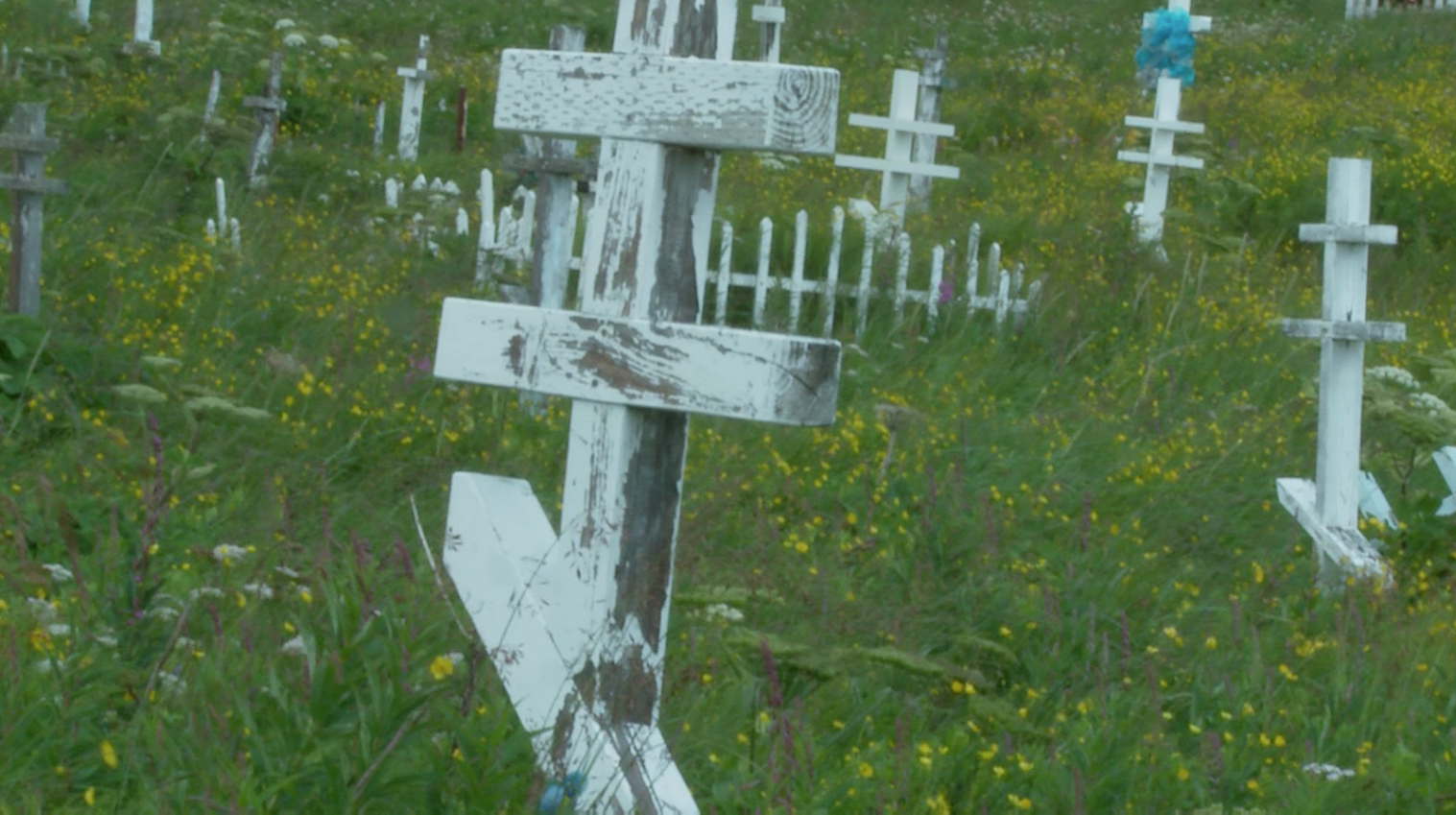BELKOFSKI: THE STORY OF OUR PEOPLE
2017 | 1080p HD Video + SD Archival Footage (Hi-8) | Color | Stereo Audio | King Cove, Alaska | English; Unangam Tunuu | 01:17:04
A feature-length documentary film created in collaboration with the Alaska Native Village of Belkofski, in association with the Aleutian Pribilof Islands Association, BELKOFSKI: THE STORY OF OUR PEOPLE was initiated in 2007, with the launch of the Belkofski Tribe's video and audio oral history and cultural heritage documentation project, undertaken to capture narratives and traditions of aging tribal elders. After gathering dozens of interviews with elders and community members, as well as documentation of community traditional foodways, games, and music, the film project was was expanded in 2014 to include artist-filmmakers Rachel Lin Weaver and Lesley Duffield. Weaver and Duffield were tasked with finalizing and developing an updated, edited, and vibrant documentary chronicling the history of the community of Belkofski and the memories of its tribal elders. After undertaking and incorporating many supplemental interviews, and voiceover by Liza Mack, the resulting project has now been released. The film is available for purchase through the Aleutian Pribilof Islands Association and is available at no cost to residents of the Alaska Native Villages of Belkofski and King Cove. It has been screened at conferences in the US, Canada, and the UK, as well as in numerous locations in Alaska and at the Anchorage Museum.
About The Alaska Native Village of Belkofski
Belkofski (Taxtamax̂ in Unangam Tunuu) s located on the far eastern end of the Alaska Peninsula, 12 miles southeast of the larger village of King Cove, at 55d 05m N Latitude, 162d 02m W Longitude. (Sec. 09, T059S, T084W, Seward Meridian). The village is only accessible by boat or seaplane. It has no harbor, dock, boat-landing facilities, airstrip, roads, or vehicles. During Russian control of Alaska, Russians settled Unangax (Aleut) Alaska Natives at the Belkofski village location in 1823 to harvest the large concentration of sea otters inhabiting the area’s rich reefs. The Unangax people were expert hunters, and at the height of this exploitation, Belkofski was one of the most affluent trading villages in Alaska. In the 1880s, there were three stores, and residents imported building materials and furniture from San Francisco. The Holy Resurrection Russian Orthodox Church was built— the second largest Russian Orthodox Church in Alaska. When the otter industry diminished at the turn of the century, so did the population of Belkofski. Remaining residents trapped and fished, living entirely off the land. Cash employment in the Pribilofs, King Cove, or Sand Point lured residents away from the village. When the last of the Belkofski residents moved to King Cove in the late 1980s and early 1990s, they took the church’s bells and icons with them and built a new Russian Orthodox church in King Cove. They returned regularly to the village to hunt, fish, and spend time in their home community, where they kept many belongings and memories of home. Tragically, in 2013, the village was destroyed by fire, with all buildings burning except for the old schoolhouse. All that was left of the village remained in the memories of the community elders. It was in the wake of this tragedy that this project was created. Interviews were made with a number of community elders who have since passed. This project contains the last interviews with the following community members, and is shared in their memory.
